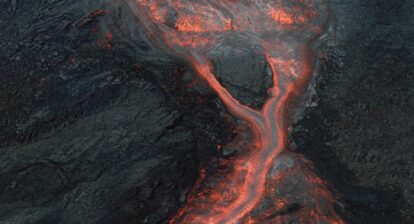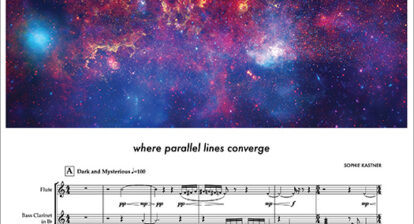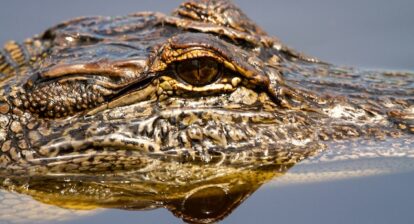This is an absolutely fantastic piece of work!
Scientists have used NASA’s Earth-orbiting Interstellar Boundary Explorer (IBEX) satellite to construct a 3D map of the boundaries of the helioshpere – a bubble surrounding our solar system. The heliosphere is created by what we call the solar wind, created by streams of protons, electrons and alpha particles. This extends from the Sun to into interstellar space, protecting the Earth from harmful space radiation as it does so. The boundary layer between the solar system and interstellar space is called the heliosheath, and the edge (or boundary) of the heliosheath is called the heliopause (where solar winds pushing out toward space collide with interstellar winds pushing in toward the Sun).
Scientists had theorized about the boundary of the heliopause for years but this is the first time they were able to create a 3D map of it. The IBEX satellite detects particles coming in from the heliosheath and the team used this data to map the edge of it i.e the heliopause.
How did they do it? By using a technique similar to bats using sonar. “Just as bats send out sonar pulses in every direction and use the return signal to create a mental map of their surroundings, we used the Sun’s solar wind, which goes out in all directions, to create a map of the heliosphere,” said Dan Reisenfeld, a scientist at Los Alamos National Laboratory and lead author on the paper.

The scientists used IBEX’s measurements of energetic neutral atoms (ENAs), which are a result of collisions between solar wind particles and interstellar wind particles. According to the press release, “The intensity of that signal depends on the intensity of the solar wind that strikes the heliosheath. When a wave hits the sheath, the ENA count goes up and IBEX can detect it.”
“The solar wind ‘signal’ sent out by the Sun varies in strength, forming a unique pattern,” explained Reisenfeld. “IBEX will see that same pattern in the returning ENA signal, two to six years later, depending on ENA energy and the direction IBEX is looking through the heliosphere. This time difference is how we found the distance to the ENA-source region in a particular direction.”
Using this method they were able to build a three-dimensional map, using data collected over a complete solar cycle, from 2009 through 2019. The map shows that the minimum distance from the Sun to the heliopause is about 120 AU in the direction facing the interstellar wind. The tail, in the opposite direction, is at least 350 AU. This map will help scientists understand the workings of our solar system, already indicating the shape of the heliopause, as seen in the 3D map.
The IBEX mission is expected to continue till 2025 at least, and the Interstella Mapping and Accelaration Probe (to investigate the acceleration of energetic particles and interaction of the solar wind with the interstellar medium is due to begin in that year).
Paper: Reisenfeld et al., 10 June 2021, Astrophysical Journal, The American Astronomical Society. DOI: 10.3847/1538-4365/abf658
The selected Optin Cat form doesn't exist.







